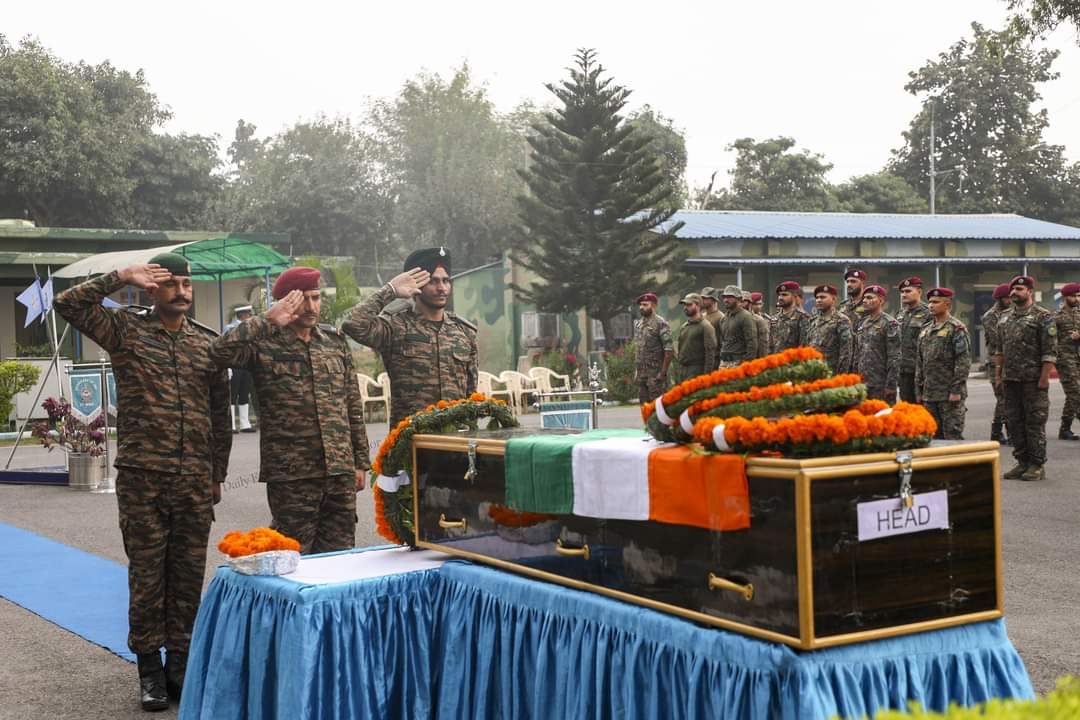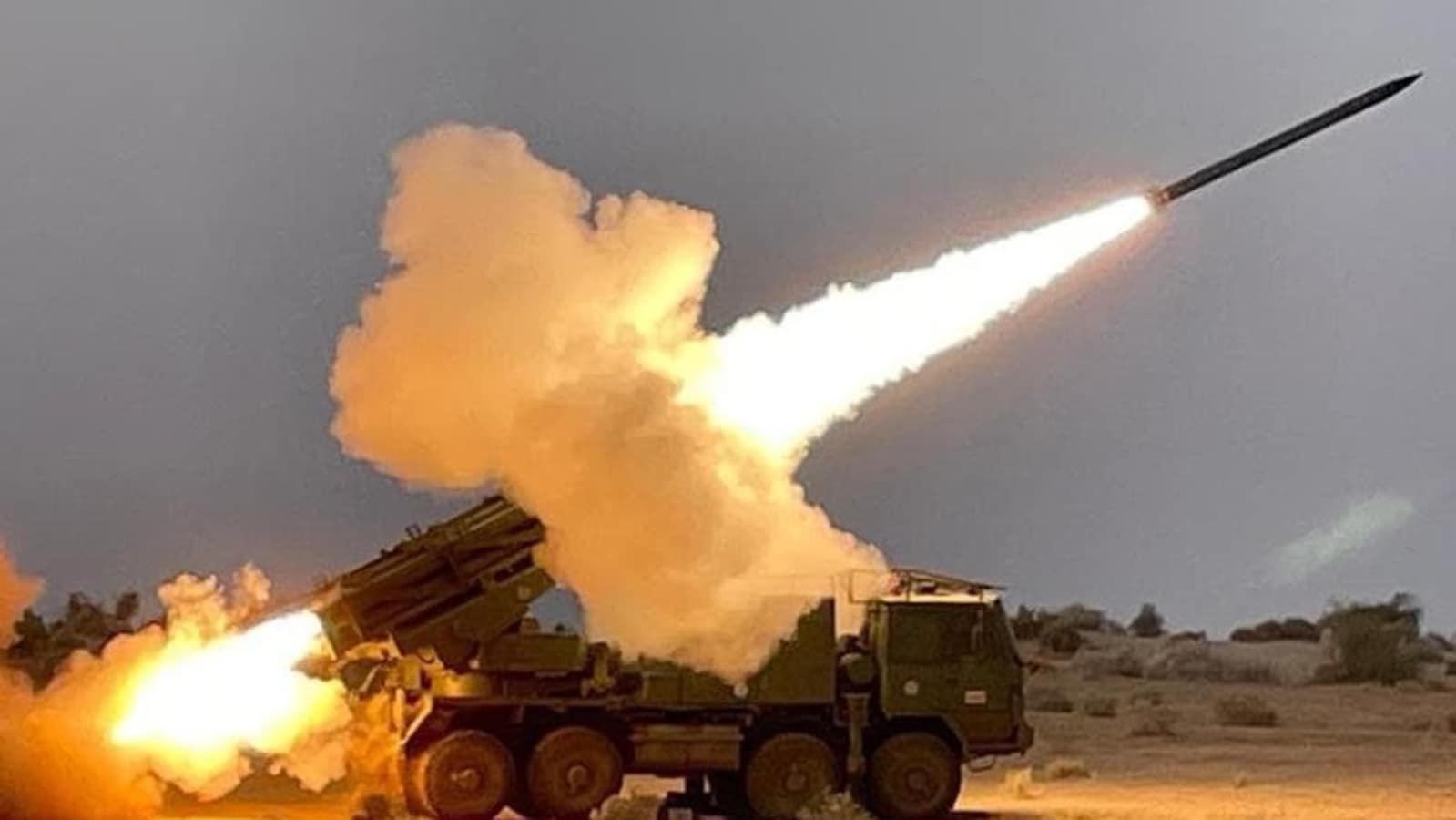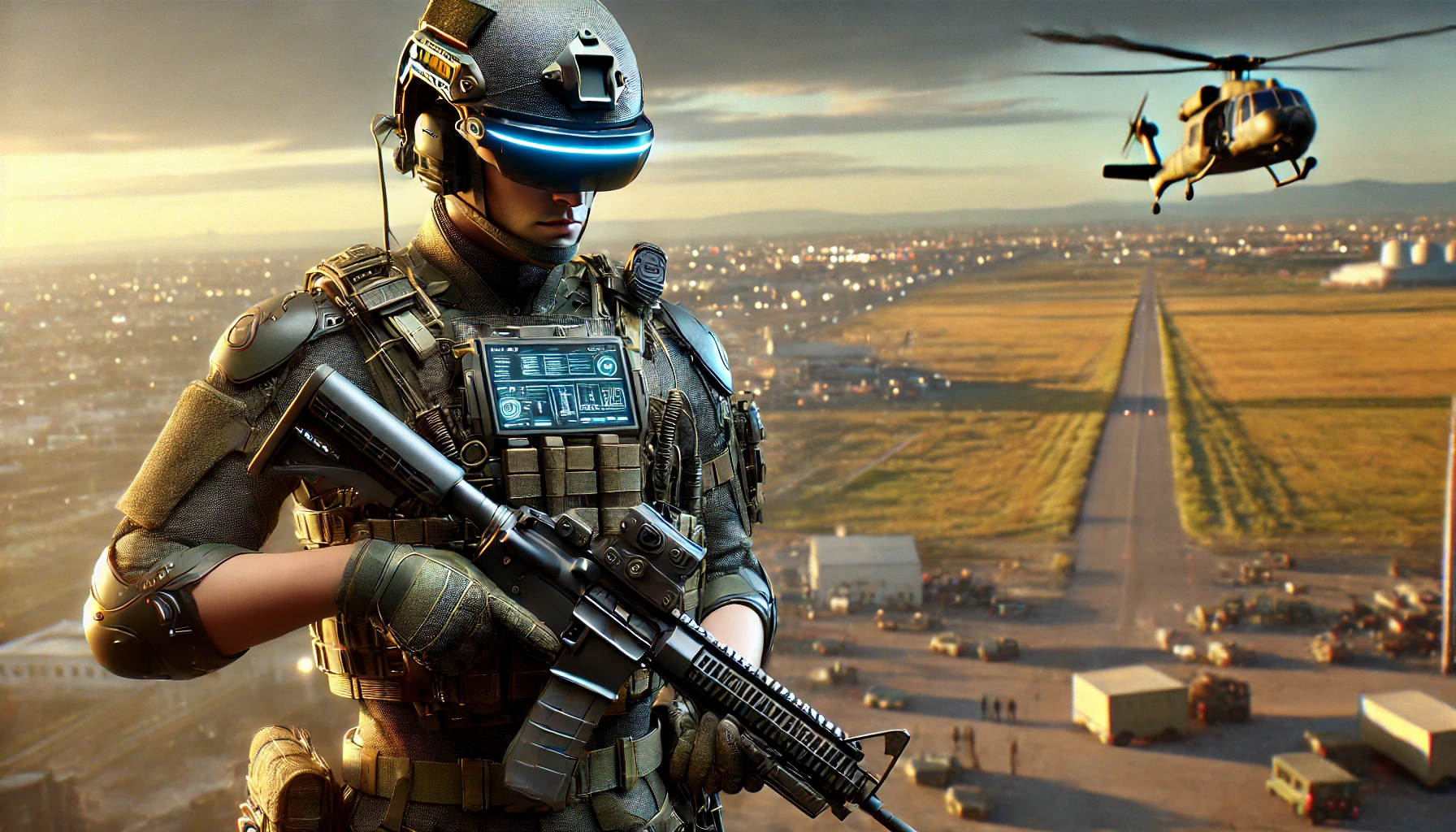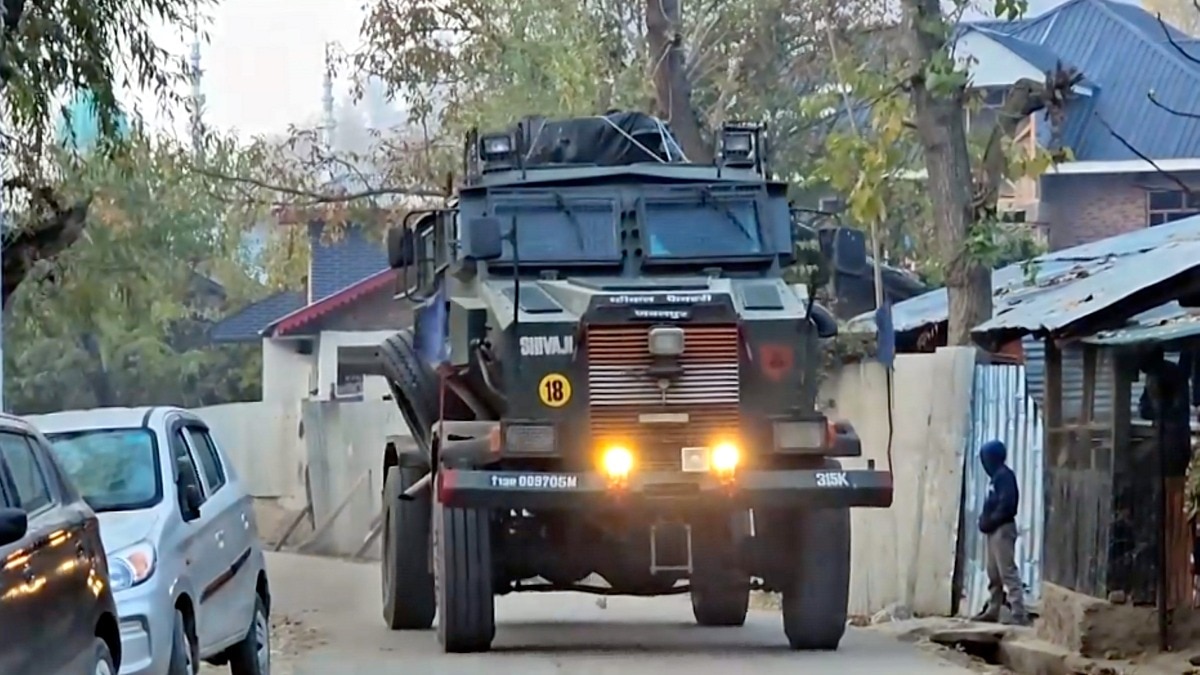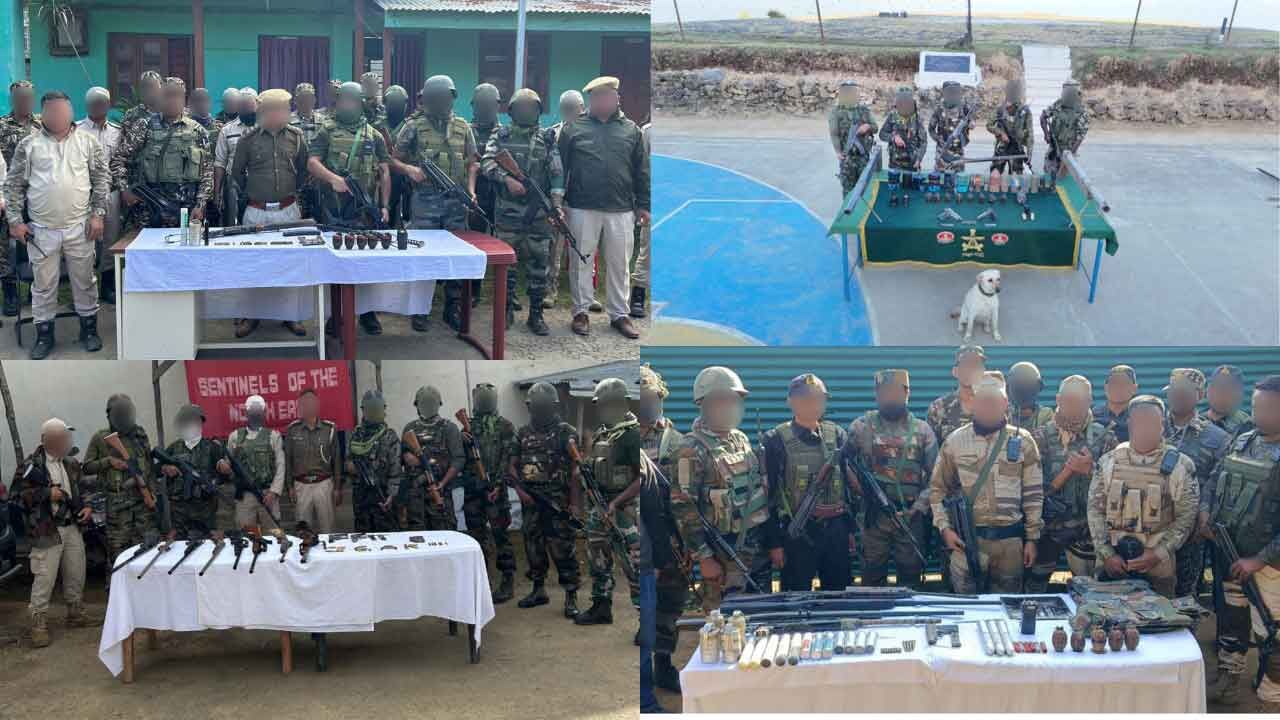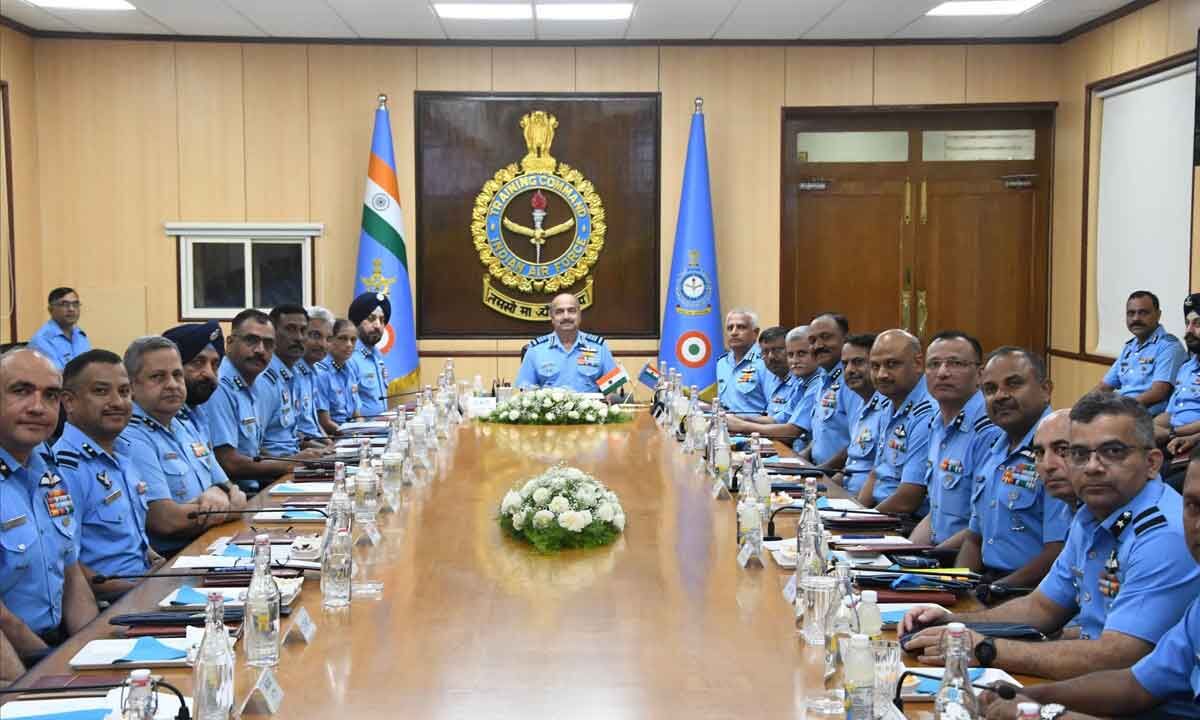Tears and Tributes in Himachal’s Barnog as Army’s JCO Rakesh Kumar Comes Home for Final Farewell
A profound sense of loss enveloped Barnog village in the Mandi district of Himachal Pradesh on Tuesday, as the community…
France Evaluates India’s Pinaka Rocket Launcher to Enhance Defence Cooperation
In a promising development for India's "Make in India" initiative, a senior French Army officer has indicated that the Indian-made…
Indian Army Unveils SMART Soldier Concept with Advanced AI Technologies
In a significant move towards military modernization, the Indian Army has announced its initiative to develop 'SMART Soldiers' equipped with…
Terrorist Killed in Sopore Encounter; Security Forces Continue Operations in Baramulla
In an ongoing operation in Sopore, Jammu and Kashmir, security forces engaged in a fierce encounter with terrorists on Saturday…
Coordinated Arms Recovery Operations in Manipur by Indian Army, Assam Rifles, and Police
In a significant week-long operation, the Indian Army, Assam Rifles, and Manipur Police, along with various security agencies, undertook a…
Indian Air Force to Hold Biannual Commanders’ Conference Focused on Operational Preparedness and Modernization
The Indian Air Force (IAF) is set to convene its biannual commanders' conference from November 18 to 20 at Air…

